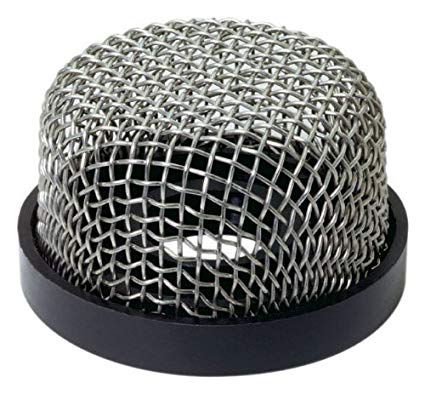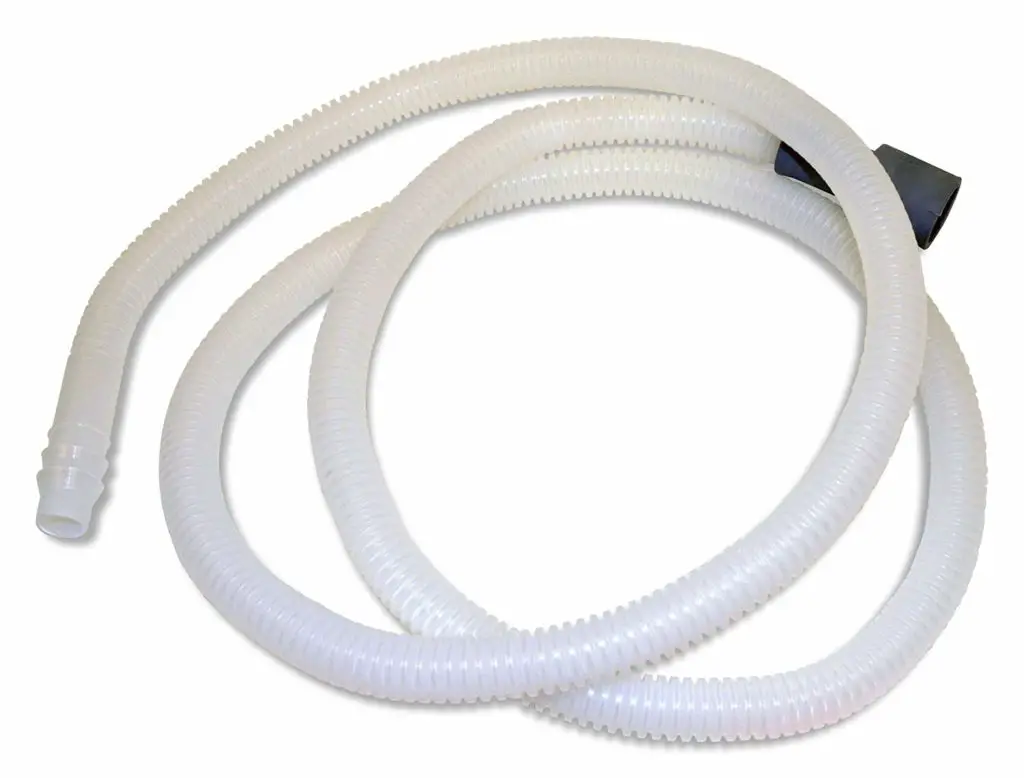Table of Contents
*This post may contain affiliate links. As an Amazon Associate we earn from qualifying purchases.
Have you ever found yourself at a loss for what to do when one of your household appliances stops working? Do you get frustrated when you can’t figure something else for yourself and you have to spend time and money calling a professional and setting an appointment? I know this all applies to me, and I would certainly rather be able to handle household repairs myself. Luckily there are a few things you and I can do when we’re stuck with a dishwasher that won’t drain.
Even if I can’t repair all my heavy machinery, I want to at least be able to handle small tasks. Right now, I am focused on what I can do when there is just one little thing wrong with an appliance that has otherwise performed without a hitch. I have recently tried to run my dishwasher, but the water won’t drain out at the end of the cycle, which leaves me with a wet floor and dishes. Even worse, the clogged dishwasher starts to smell after a while, and there are few stenches worse than mildew. Like anyone else, I would hate to be stuck with a damp and smelly dishwasher.
Check The Filter

There is a filter typically located in the lowest point at the bottom of the dishwasher, where the water collects and pools when it fails to drain. The filter’s job is to keep food bits and trash out of the mechanisms that power the dishwasher. The filter may look like a mesh covering, as is used to keep out the smallest food crumbs, or it may resemble a basket that is designed to catch larger debris. Either way, it should be simple enough to clear the filter. As long as you are regularly cleaning your filter, it shouldn’t cause you any problems, but if you want to be sure, it doesn’t hurt to take a look.
If the filter looks clean and your dishwasher still won’t drain, you may want to remove the filter for an even deeper cleaning job. It should be easy to remove the filter, as most will twist of with a counter-clockwise turn. Some are screwed into the appliance, however, so these will require screwdrivers to remove. Once the filter is removed, you can clean it with warm water and soap to remove any unwanted food or debris.
Clean Out The Drain Hose

Just like your shower drain sometimes gets clogged with all the hair that collects inside, the drain hose attached to your dishwasher may clog from unrinsed grease and food particles. A clogged hose will struggle to operate, so make sure this isn’t causing your problem. To do this, look for the ridged hose connected to the pump. Before you disconnect anything, be sure that you have turned off the power to your dishwasher. You don’t want water from the hose splashing on over the place!
Once the dishwasher is unplugged and power is off (which can be done by turning off the circuit breaker), go ahead and straighten any knots or kinks in the hose, just like you would with any electrical cord that wasn’t functioning properly (think your phone or computer charger). With the hose straight, you should be able to take a look to see if there is anything visibly blocking water from going through. If there is, it may be able to be easily pushed out now that the hose is detached. I also recommend blowing into the pipe to check for any clogs.
If you do find a stubborn blockage, you will have to clear it manually. The food and debris are typically lodged in there pretty tight, so it may take some gentle force to get the drain hose completely clean. Don’t try to stick anything sharp into the hose to scrape of gunk, though, because this could result in a puncture to the hose. Instead, try using a wire snake. This process may seem a little gross, but it’s certainly better than having a dishwasher that won’t drain. When you are all done clearing out any clogs or masses, assure that the drain hose is securely reattached to the machine before you attempt to turn it back on.
Check The Drain Valve

The drain valve is a handy little piece on your dishwasher that helps make sure the water we’re trying to drain out of the dishwasher doesn’t accidentally get back into the dishwasher. It’s fairly easy to ensure this element is working properly. All you need to do is check in the bottom of the machine for a little bracket (you may have to remove the access panel to see this). Once you find this, try pushing slightly on the bracket to make sure it moves freely. If it doesn’t, it is frozen and a part of it will need replacing.
The part of the valve bracket that helps it move is the electrical solenoid, and after an extended period of use, just like any electrical piece or battery, this will burn out. You will need to replace the electrical solenoid, which you can find at any appliance parts source, available at physical store locations in your local area as well as online. A quick search online will help you find whatever you are looking for, even if your budget is tight and you would rather buy your pieces secondhand.
You will be able to find much less expensive parts if you are willing to buy them used.
Once you have selected the piece you would like, to install it you will need a screwdriver and a pair of pliers. Remove the spring attached to the solenoid with your pliers, then ease the solenoid off of the pump. Line your new solenoid up with the locator pins, set it into place, and then install the two screws. Don’t forget to reattach the spring, again using your pliers. Ensure all pieces are replaced back to where you originally removed them, and then reconnect your dishwasher for a test run.
Make Sure The Motor Is Running Properly
We have talked a lot about the need for the water to drain out of the machine, and of course this can’t happen without the motor. If your dishwasher is making strange noises such as humming and clicking as it runs its cycle, and you know it doesn’t sound right, the problem is most likely the motor. There are a few things you can do to check the motor’s functionality.
First, make sure the motor is running in the right direction. In some cases, pieces of broken dishes may get in the way and prevent it from moving. Clear these away carefully if you see them. Also check that the settings on your dishwasher door are set at the beginning of a wash cycle. If the motor still does not run, the drain impeller could be the problem. This is a bit trickier to check, because you will have to disassemble the pump. But don’t worry! I can tell you exactly how to do this.
There are several pieces at the bottom section of the machine that you will need to remove. First, take out the lower rack where you would place your dirty dishes. Then remove the spray arm, the pump cover, and the filter that we talked about earlier. Now you will be able to see the drain impeller. Make sure it is able to move freely and turn without restraint. If nothing appears to be the problem but the impeller still won’t turn, it may be too worn or damaged from overuse to function properly and will need to be replaced.
To replace the drain pump and motor, you will need a nut driver set, a slot screwdriver, and channel-lock pliers. I would also keep a towel handy for any unwanted spray. Again, make sure the power is off before you attempt any repairs. Open the dishwasher and remove the screws from the inner door panel in order to remove it. Disconnect the wires attached to the outer door panel and remove both pieces of the door from the dishwasher to allow yourself access. Now remove the front access panel using your nut driver to remove the screws.
Now that you have access to the drain pump, squeeze the wire hose clamp with your pliers and pull the drain hose off the drain pump. Then disconnect the wires attached to the drain pump, rotate the mechanism in order to pull it out, and remove it from the sump. It’s time to insert your new drain pump. Again, make sure you rotate the pump into place (you should hear it snap into place). Reinstall the drain hose to the pump, then put all the pieces back together. Make sure all screws are tightened firmly so as not to have future problems. Finally, don’t forget to restore the power to your dishwasher. Now it should be running like a dream!
If your dishwasher won’t drain, these four easy checks should help you determine exactly why. You should be able to follow this guide to repair your dishwasher so that it drains like it did when it was brand new. Now, don’t you feel handy?
Available Dishwashers For You
[amazon box=”B074PYH768,B07BR2N76B,B0099YJFZ4″ grid=”3″]
Final Thoughts on When Your Dishwasher Won’t Drain
It can be so taxing to have a household appliance die on you. As a homeowner, it can be costly. As a renter, it can take a long time before the issue is resolved. Either way, it is always hard to have frequent issues with appliances. Many people do not realize the frequent maintenance you can do to keep your dishwasher working in tip-top shape! There is no need to be left with a frequently broken dishwasher when you can just do some simple things at the same time you load the dishwasher. Some simple things, such as checking the drain valve, cleaning out the drain, checking the filter, can really help your dishwasher to drain and give you fewer issues. We would love to hear how the article helped you to get your dishwasher to drain below in the comments section!

